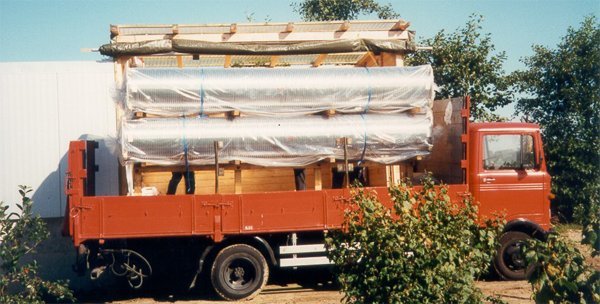
A brief history of GEO600
Gravitational-wave research from the 1970s on
In the 1970's, two European groups initiated investigations into laser-interferometric gravitational wave detection. In 1975 the Max Planck Institute for Astrophysics in Munich started with a prototype of 3 m armlength, which later (1983), at the Max Planck Institute of Quantum Optics (MPQ) in Garching, led to a prototype with 30 m armlength.
In 1977 the Department of Physics and Astronomy of the University of Glasgow began similar investigations, and in 1980 started operation of a 10 m prototype.
In 1985 the Garching group proposed the construction of a large detector with 3 km armlength, the British group an equivalent project in 1986.
The two groups combined their efforts in 1989 - the project GEO was born, with the Harz mountains (Northern Germany) considered an ideal site. The project was, however, not funded, because of financial problems.
Thus in 1994 a smaller detector was proposed: GEO600, to be built in the lowlands near Hannover, with arms of 600 m in length. The construction of this British-German gravitational wave detector started in September 1995.
In 2001 the Max Planck Institute for Gravitational Physics (Albert Einstein Institute, AEI) in Potsdam took over the Hannover branch of the MPQ, and since 2002 the detector is operated by a joint Center of Gravitational Physics of AEI and Leibniz Universität Hannover, together with the universities of Glasgow and Cardiff.
Since 2002 GEO600 participated in several data runs in coincidence with the LIGO detectors.
Technologies developed and tested in the GEO project are now used in all large gravitational-wave detectors in the world.